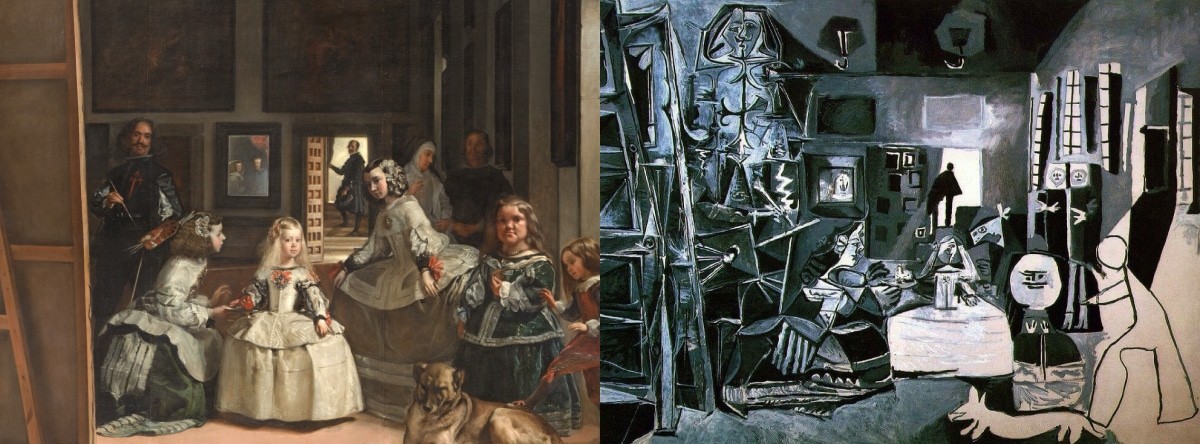In 1957, Picasso painted 58 different variations of Diego Velázquez’s Las Meninas, a classic portrait that had been completed 300 years earlier. Picasso’s reinterpretation couldn’t be more different from the original, varying certain elements, using the same characters with aesthetically different forms while maintaining the original composition.
Each of Picasso’s paintings diverged into a new version of Velázquez’s masterpiece, some looking like one another and others bearing no resemblance to the rest of the collection. Some were simplistic, using basic shapes and colors, whereas others used intricate lines and forms to portray Las Meninas figures. Simply put, Diego Velázquez’s masterpiece, had been Picasso-fied.

Taking inspirations and applying our own experience, our own touch, and modifying it to create something new. Is that creativity?
In design, a designer’s style is an outcome of a previous inspiration in the form of a former designer modified with their own personality to give fruit to a new masterpiece.
Students sometimes worry about they might lose their personal style if they allow themselves to be influenced by teachers, practitioners, or other students. The reason that imitation is the enemy of innovation. They believe that if the unique talent they need isn’t there already, it never will be.
There’s a kernel of truth to this. But only a kernel. Because the way we actually learn is by standing on the shoulders of others. We acquire skills by watching more advanced practitioners do their work, eventually growing strong enough to support the weight of newer practitioners.
To develop a strong personal style, open yourself to the widest possible range of influences. Look closely at the work of practitioners, groups, and cultures you admire. When you see something you wish you had done, copy it, photograph it, tear it out, take notes on it; put it on a shelf. Your natural likes and dislikes will act as a filter so that the examples you collect will begin to resemble your future style.
Every time you start a new project, revisit your hero file and use the examples as benchmarks for quality. Don’t quit working until you’re achieved something as good as one of the items you admire.
Of course, standing on the shoulders of giants in one thing. Clinging to their pant legs is another. Make sure you steal the principles that underlie their work and not the work itself. Outright copying teaches very little. Learning the extract and apply principles is the path to genius.
And as Pablo Picasso said:
“Good artists copy; great artists steal.”
Note: The post inspired by the book “The 46 rules of Genius - Marty Neumeier.”